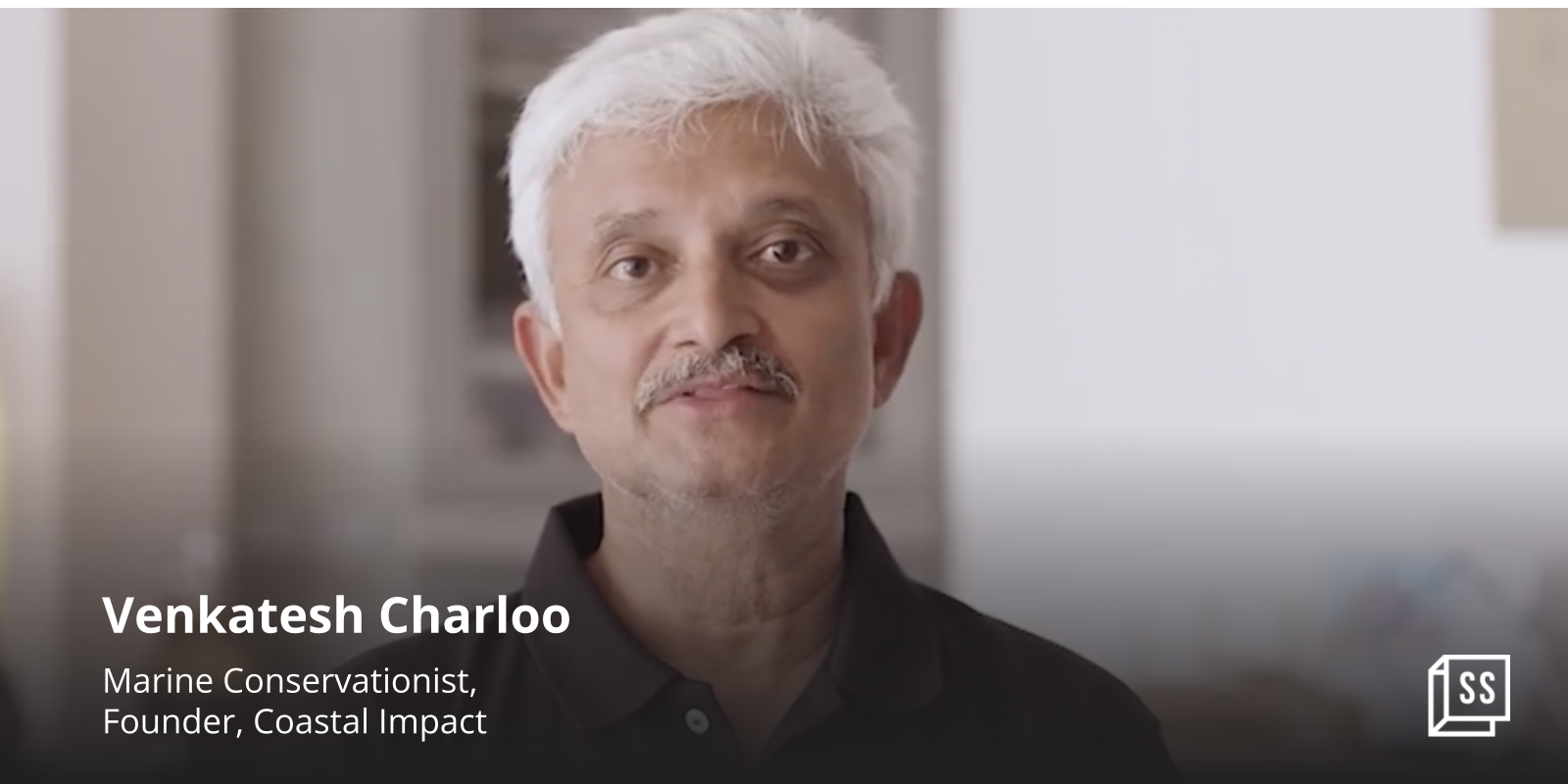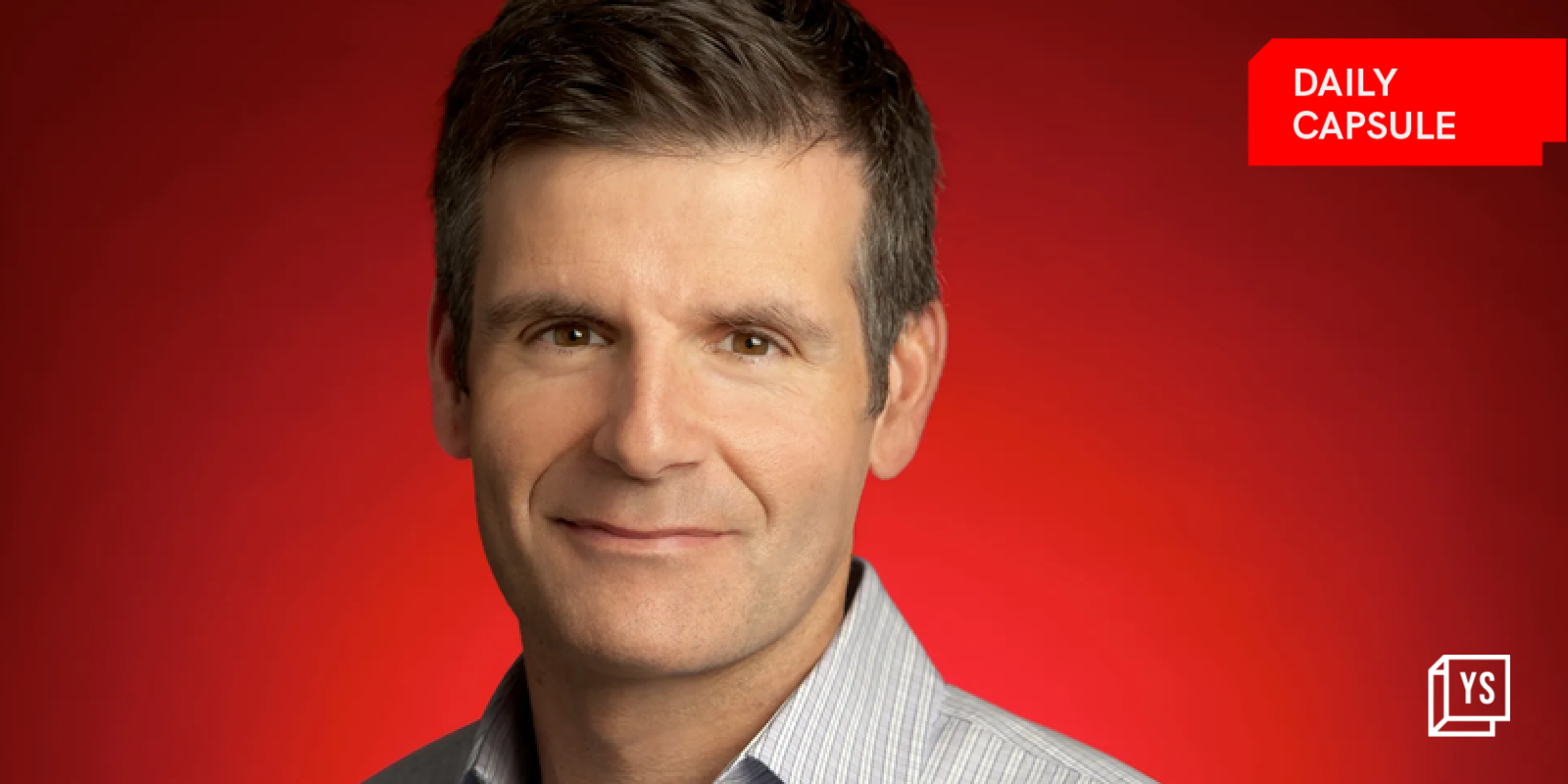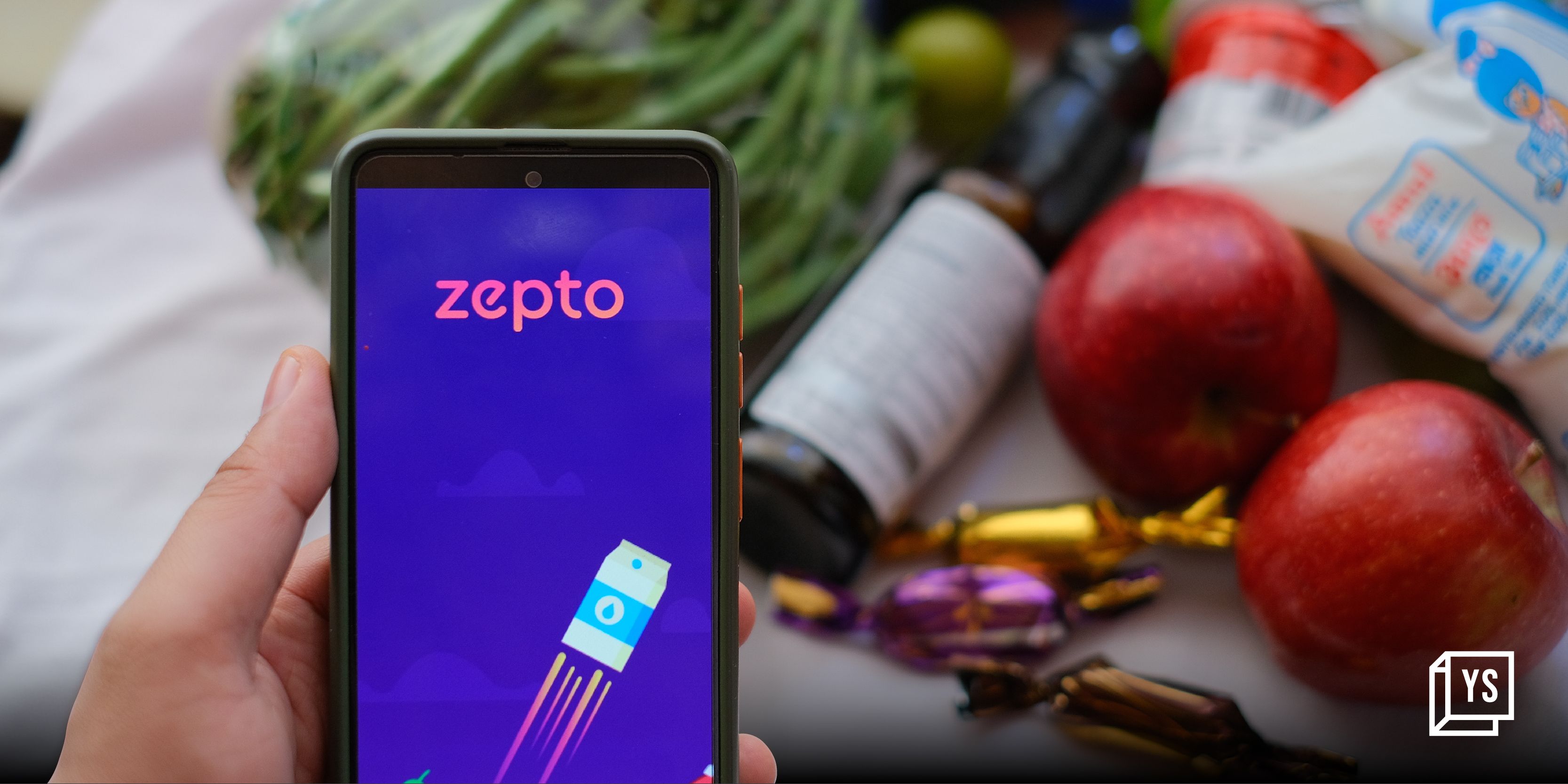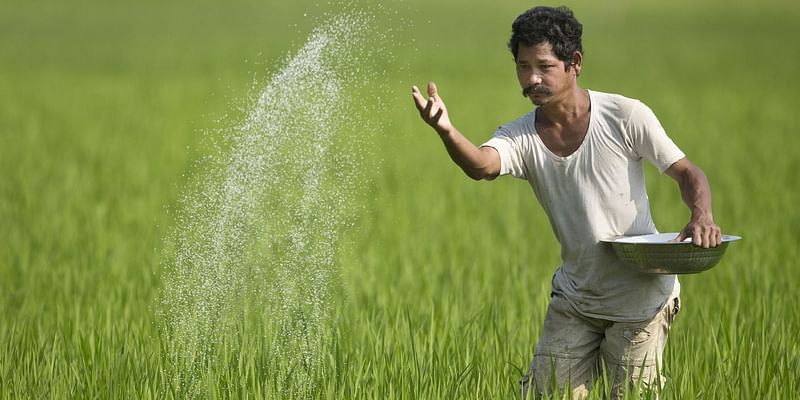This banker-turned-marine conservationist is helping Goa’s coral reefs grow
Venkatesh Charloo left his cushy banking job to run a scuba diving centre. As the founder of Coastal Impact, he is also helping increase the coral cover in Goa’s waters.
In 2007, Venkatesh Charloo was diving in Goa when he rescued an angelfish, which was struggling to free itself from a ghost fishing net.
“The angelfish was probably tired of trying to get out of the net, but could not actually swim away. I had to hold it in my arms for a few seconds so it could regain its energy. I watched as it swam away,” Venkatesh tells SocialStory.

Venkatesh Charloo. Image credit: Screen grab from National Geographic Change for One series.
But that was not the end. The fish turned around and swam back to affectionately rub its head against Charloo’s outstretched hand, which he feels was its way of thanking him.
“I didn’t realise that fish had feelings and since then, I have discovered what fish are capable of in terms of feelings and affection. This one incident brought home the fact that there are so many living beings underwater that are suffering and need help,” he adds.
Charloo, who quit his banking job in Hong Kong in 1995, moved to Goa to join the Barracuda Diving Centre. An avid scuba diver, he had become an instructor only the previous year.
In just a few years, he had taken over from the existing partners to run it on his own. As part of the dive centre’s activities, he would organise an annual underwater and beach clean-up on the last Sunday of April—just before the monsoons set in.
“We had to clean the water too because of tourists and local operators not having a garbage bin on boats. Moreover, there was no garbage collection on the island,” explains Charloo.
The community around the beach, staff from resorts nearby and the National Institute of Oceanography, as well as students joined in the exercise.
While he believes that one day of cleaning is akin to putting a band-aid on a heart condition, the exercise was meant to have more of an educational impact than a physical one.
“Our aim was to make people aware of the kind of rubbish ending up in the ocean, which we handed over to a recycling plant in Margao, which otherwise would end up in a landfill,” he elaborates.
In 2009, Charloo also founded , an NGO dedicated to marine conservation, education and research. Its principal project involves coral transplantation in Goa.
Increasing coral cover
The simple incident with the angelfish got Charloo thinking about how marine life suffers as a consequence of our actions on land. His journey towards conservation began when he received data on overfishing and conducted surveys for the Central Marine Fisheries Institute.
The Coastal Impact team initially undertook marine awareness presentations in government schools on marine life, the status of coral, and how individuals can help in maintaining biodiversity. As a part of this, Charloo also organised an inter-school painting competition, and the winning entries were printed on a calendar and distributed free of charge to spread awareness.
“About four years ago, I decided to scale down my diving operations and concentrate more on Coastal Impact. I didn’t put my hat out there for donations or funds because I didn’t know what projects I wanted to start,” he says.
His first focus, i.e. coral transplantation, came out of the understanding that corals are important for oceans and climate change.
“With climate change and increase in ocean temperatures, we have lost almost 60% of corals worldwide,” says Charloo, adding, “Corals act as a barrier between big waves, tsunamis, and helps the health of the oceans. Even if they form only 1% of the surface of the entire oceans, they support 25% of the biodiversity that exists.”
He also points out not all oxygen we breathe comes from the forests; oceans contribute as much as 60-70% of the generation of oxygen that we breathe.
Also, increasing temperatures and the Poles losing more ice are bringing in more fresh water to oceans, which is changing their chemical composition leading to changes in pH levels, and acidification, which in turn weakens coral structures.
With a grant of Rs 20 lakh from the Habitats Trust, Charloo and his team of volunteers embarked upon a coral transplantation project in Goa.
He discovered the process by accident while reading about Florida-based Mote Marine Labs, which is transplanting corals on land in aquariums. These are grown in controlled conditions and transplanted onto reefs. Today, more than a million coral fragments have been grown worldwide using this method.
Though it kicked its imagination, Charloo’s coral transplantation project in Goa is slightly different.
“We made metal frames that stood two feet from the ground. These frames are lined with unused or discarded floor tiles, with holes drilled at the corners. Each frame had 12 tiles,” he explains.
The next step involves picking up broken coral fragments from the ocean floor that is cut into two, three centimetres pieces and stuck onto the tiles using a kind of super glue. Forty-eight fragments can be stuck on each frame and these are tied to the rocks.
In the pilot project, 182 fragments were transplanted that have recorded a growth of almost 500% in the coral fragments in two years.
The pandemic hit the project hard as funding dried up. Corals needed constant attention, and algae and sediment buildup had to be removed regularly. This was possible only with a help of a team of volunteers who worked for free, but this was not a sustainable proposition.
Impact for long-term
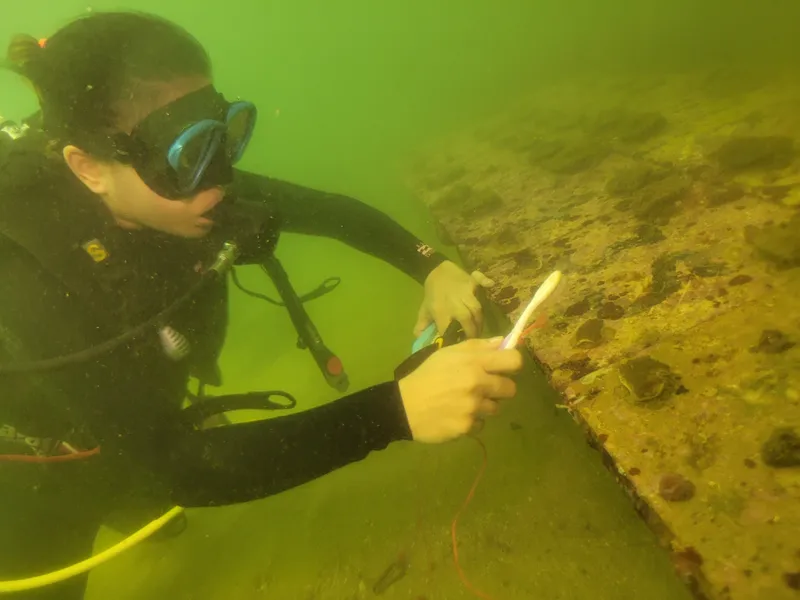
Underwater mission: A volunteer as part of the coral transplantation programme
Charloo thought of another idea—putting up the corals for adoption.
“Anyone can adopt a coral for Rs 5,500 a year, which goes into its maintenance. Right now, 110 out of a total of 192 fragments have been adopted and they are doing very well,” he says.
The NGO has also been approached by a startup, which fashioned a cement structure for transplanting corals, and another that’s sequestering carbon, making a press, compressing them into floor tiles where the corals have been transplanted. He hopes that these ideas will take the project forward.
A volunteer with Coastal Impact has also brought AI into the equation, uploading photos onto a computer and recognising the borders and calculating a coral’s circumference. This allows for accurate measurements.
Charloo agrees marine conservation is not getting the attention it deserves. He admits he has knocked on many doors, especially corporates for CSR funding, but was turned away each time.
“Companies want quick results and long-term impact is far from their minds. Our project needs time for visible results,” he says. But he’s thankful that two companies have adopted batches of multiple fragments and hopes more will follow suit.
Last year, Charloo was featured in National Geographic's “One For Change“ series, which showcased changemakers who are making a difference to the planet.
India has a 7,500-km long coastline, with many issues plaguing the surrounding oceans and their biodiversity. Charloo says organisations should step out of their silos and work together towards sustained and collective impact.
His next plan is to raise funds to work around the coastline and is looking at a project that aims to grow artificial reefs to aid more catch for fisherfolk.
Edited by Saheli Sen Gupta





